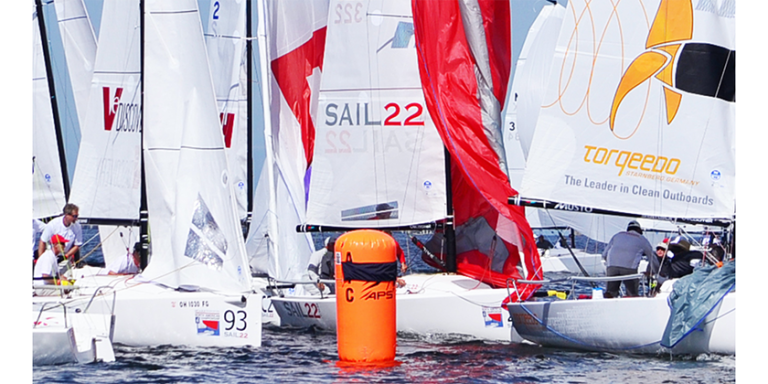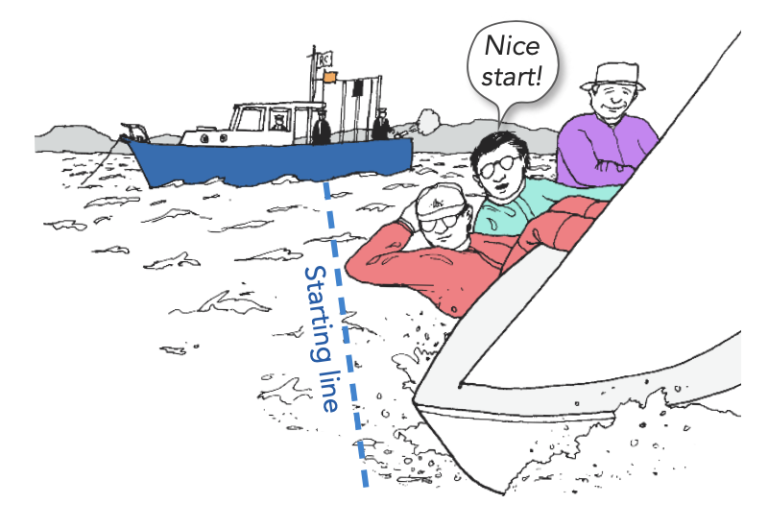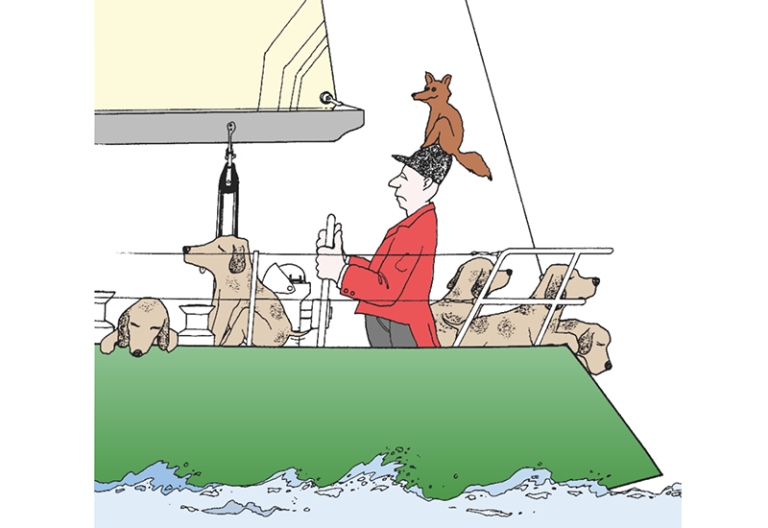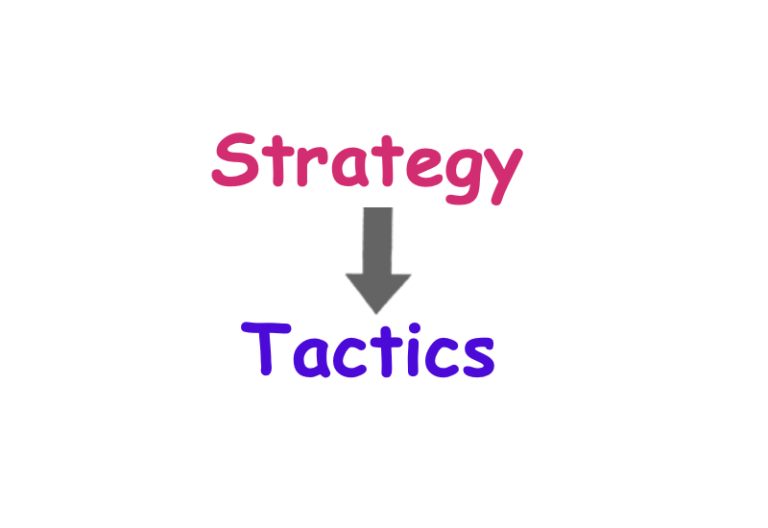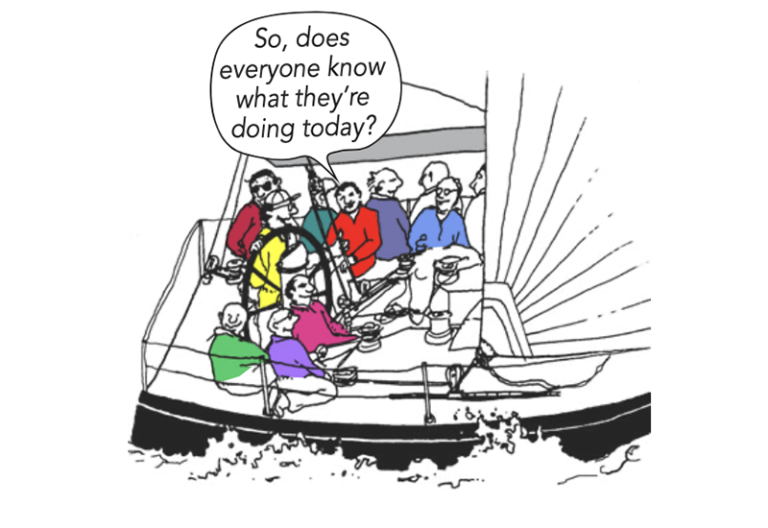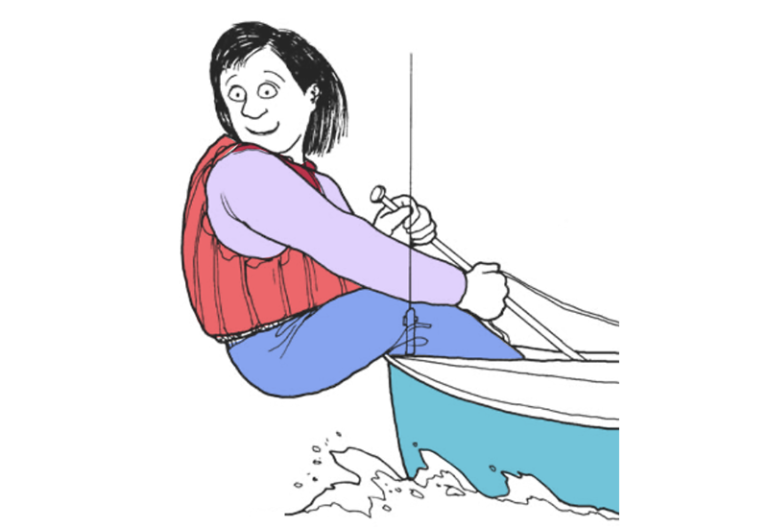Speed & Smarts: Review and Test – Sailing Smart Part 1
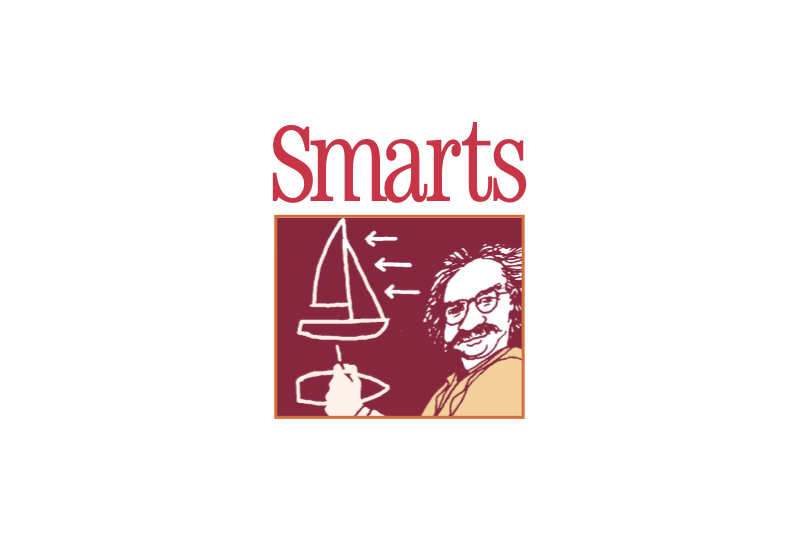
Dec 13, 2023
It’s the winter break, so let’s see what we have learned from a year of racing and studying. There are two sections in the test, which will likely run into several issues. We are starting with SMARTS.
It’s great to have boat speed (we will eventually get into SPEED in a second test as the season gets closer), but if you go fast in the wrong direction, or if you let other boats control where you go, you will find yourself near the middle or back of the fleet. That’s why this test is all about how to sail smarter.
There are a total of 62 questions and answers about all aspects of strategy and tactics. Give yourself plenty of time to think about each question and answer, and don’t rush! Note that multiple choice questions may have more than one answer.
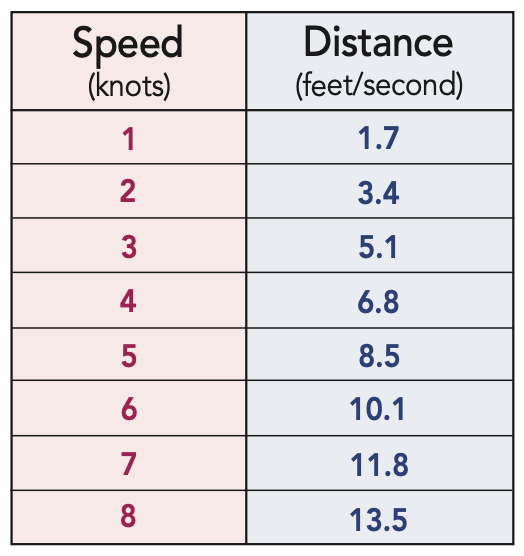
Questions: The Starting Line
1. To determine the length of the starting line, you begin on a reach at one end and sail toward the other. If your speed is 5 knots, and it takes you 1 minute to run the line, roughly how long is it?
A) 200 feet (60 meters)
B) 500 feet (150 meters)
C) 1000 feet (300 meters)
D) You can’t tell this way
2. If it takes you 30 seconds to accelerate from a dead stop to your full speed of 6 knots, roughly how far will you travel by the time you reach full speed?
A) 50 feet (15 meters)
B) 100 feet (30 meters)
C) 150 feet (45 meters)
D) 300 feet (90 meters)
3. Before the start, you find that the average wind direction is 225°. When you sight the starting line from the pin toward the RC boat, it bears 310°. Which end is farther upwind and by how much?
A) The line is even
B) The pin is favoured by 5°
C) The boat is favoured by 5°
D) The pin is favoured by 10°
E) The boat is favoured by 10°
4. Before the start, you sail to a point 4 boatlengths to leeward of the committee boat, and you notice the pin end is lined up with a tall building on shore. As you set up for the start in the middle of the line, you notice the pin end is lined up with the building. Roughly how far are you from the starting line?
A) You are right on it
B) 1 boatlength below
C) 2 boatlengths
D) 3 boatlengths
E) It’s not possible to determine
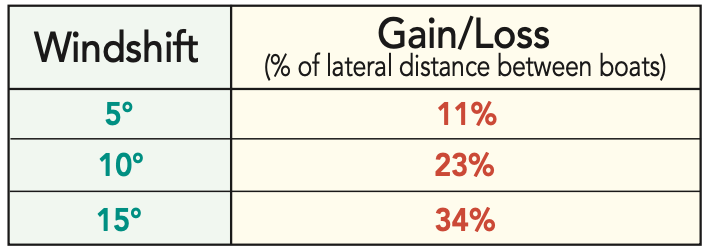
5. At a 470 regatta, the starting line is almost 200 meters long (about 40 boatlengths) and the RC boat end is upwind by 5°. If Boat A starts at the RC boat and Boat B starts at the pin, roughly how far will A be ahead of B at the start?
A) 2 boatlengths
B) 4 boatlengths
C) 8 boatlengths
D) They will be even
Answers: The Starting Line
1. B) 500 feet (150 meters). For every knot of speed, a boat travels roughly 1.7 feet per second. So at 5 knots, a boat will be going 8.5 feet/second (5 x 1.7). If a boat maintains this speed for one minute, she will travel about 510 feet (60 secs x 8.5 feet/sec).
* Another way to think of this: A boat going 5 knots will sail one mile (6,076 feet) in 12 minutes. In one minute she will sail one twelfth of a mile (6,076 x 1/12) or 506 feet.
2. C) 150 feet (45 meters). While you go from 0 knots to 6 knots, your average speed will be roughly 3 knots. At a speed of 3 knots you will travel about 5.1 feet/second (3 x 1.7). If you sail at this speed for 30 seconds (the time it takes to accelerate to 6 knots) you’ll travel 153 feet (30 x 5.1).
* Another way to think of this: A boat going 3 knots will sail one mile (6,076 feet) in 20 minutes. In 30 seconds she will sail one fortieth of a mile (6,076 x 1/40) or 152 feet.
3. C) The boat is favored by 5°. If the starting line bears 310°, the wind direction needed to make the line exactly square is 220° (310° minus 90°). Since the wind is actually 225°, it makes the committee boat end better by 5°.
4. C) 2 boatlengths. When you took your initial range, you were 4 lengths below the committee boat. Then you moved halfway down the line toward the pin, so you are half as far below the line (4 x 1/2 = 2).
5. B) 4 boatlengths. When the starting line is biased by 5°, the boat that is closer to the upwind end will gain roughly 11% of the lateral separation between boats. If the line is 40 boatlengths long, a boat (A) that starts at the RC boat will be a little more than 4 boatlengths (40 x 11%) ahead of a boat (B) that starts at the pin end.
How did you do on the first five? Next time, we continue.
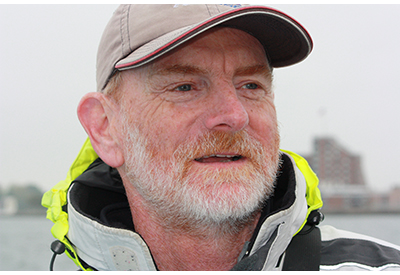
Dave Dellenbaugh is the publisher, editor and author of Speed & Smarts, the racing newsletter. He was the tactician and starting helmsman on America3 during her successful defense of the America’s Cup in 1992 and sailed in three other America’s Cup campaigns from 1986 to 2007. David is also two-time winner of the Canada’s Cup, a Lightning world champion, two-time Congressional Cup winner, seven-time Thistle national champion, three-time Prince of Wales U.S. match racing champion and past winner of the U.S. Team Racing Championship for the Hinman Trophy. He is currently a member of the US Sailing Racing Rules Committee (and was its chairman from 2005-2008).
You can subscribe to the Speed & Smarts newsletter HERE.

